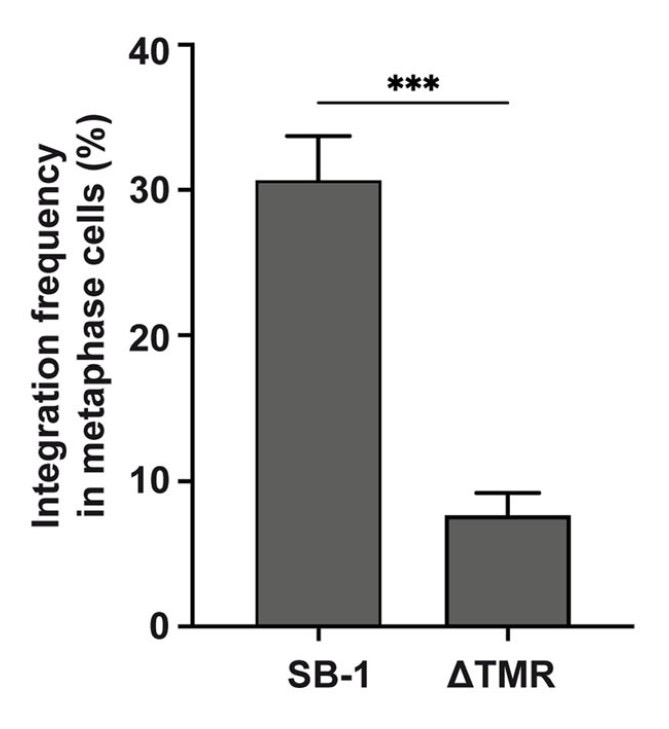Chromosomal integration and maintenance, as well as vaccine efficacy, severely impaired in the absence of TMRs.
HHV-6 shares considerable sequence homology with Marek’s disease virus (MDV), a herpesvirus that infects fowl. Like HHV-6, MDV integrates its genome into the telomeres of host chromosomes to achieve latency, instead of forming a circular episome as is common for other human herpesviruses. MDV causes neurological disorders, immunosuppression and fatal lymphomas. For this reason, three live-virus vaccines are administered routinely to eggs or newborn chicks and turkeys to protect them from the more virulent circulating MDV strains.
MDV achieves latency primarily in CD4+ T cells of chickens. The integration of MDV into the telomeric regions of the T cell chromosomes is facilitated by hexanucleotide repeats (TTAGGG)n present at both ends of the linear MDV genome—telomeric repeat sequences (TMRs) that mirror the repeated sequences in host telomeres.
A multi-institutional team based primarily at the Free University of Berlin, and led by Benedikt Kaufer, investigated one widely-used vaccine virus—the SB-1 vaccine virus, which has typical TMRs—to determine the impact of the TMRs on viral replication and chromosomal integration in chicken embryo cells. The team first created a mutant of the SB-1 virus (ΔTMR) that lacks the TMRs. They then infected chicken cells with either the normal vaccine virus or the ΔTMR virus, and compared the efficiency of both replication and integration, using previously described methods.
Infecting the cells with the ΔTMR virus did not affect virus replication. However, it severely impaired virus integration and genome maintenance in latently infected T cells, as shown in Figure 1. FISH corroborated the conclusion that the SB-1 virus had indeed integrated into the telomeric regions.

Figure 1. Integration frequency following infection with normal SB-1 vaccine virus or infection with the ΔTMR virus that had been stripped of its TMRs.
The team then pursued the implications of these in vitro results for vaccine efficacy, in vivo. Young chickens were vaccinated either with the normal SB-1 vaccine, with the ΔTMR SB-1 vaccine or with a mock vaccine, and then were infected with MDV. Over the next 91 days, two endpoints were compared: the frequency with which disease developed, and the frequency with which lymphomas developed.
As shown in Figure 2, below, the incidence of Marek’s disease was much lower in chickens vaccinated with the normal SB-1 vaccine than in chickens vaccinated with the ΔTMR vaccine or mock vaccinated, which were similarly ineffective. In addition, the incidence of lymphomas was clearly reduced.

Figure 2. Left panel shows incidence of Marek’s disease in chickens who were mock vaccinated (black line 686), vaccinated with the normal SB-1 vaccine (red line) or the ΔTMR vaccine in which the vaccine virus had been stripped of its TMRs (blue line). The right panel shows a much lower incidence of tumors in chickens vaccinated with the SB-1 vaccine, with the ΔTMR vaccine less effective than the SB-1 vaccine.
In summary, this report demonstrates that although the TMRs of the SB-1 vaccine virus are relatively unimportant in facilitating viral replication, they are critically important in achieving and maintaining chromosomal integration and latency. Moreover, this increased maintenance of integration is correlated with greatly increased vaccine efficacy in protecting against Marek’s disease and against lymphomagenesis.
Read the full text: You 2024

